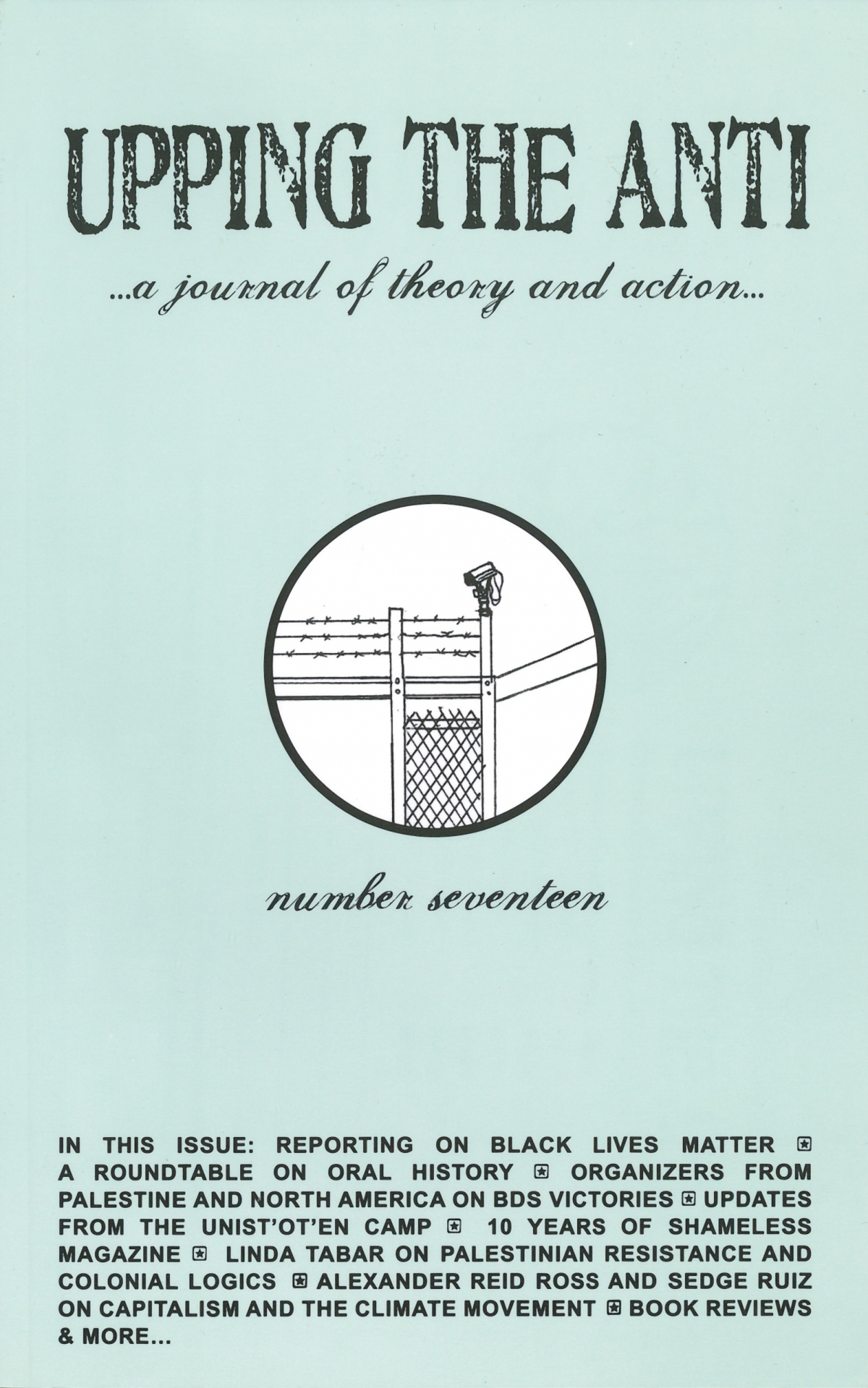Undocumented: Making State Violence & Professional Complicity Visible
Undocumented: The Architecture of Migrant Detention
A review of Tings Chak's Undocumented: The Architecture of Migrant Detention
Undocumented is a powerful book that leaves you feeling uncomfortable. Pages are filled with sketches by author Tings Chak, who documents the interior and exterior of migrant detention facility spaces which are usually unseen or invisible within Canada and other nation-states. Chak’s drawings are accompanied by pointed text, diagrams, and graphic reimaginings that draw from interviews, official sources, and her observations as an organizer. Chak’s work challenges the state’s efforts to neatly separate and categorize groups – outsider/insider, illegal/citizen, carceral/free –across national territories.
As an architect, artist and organizer with No One Is Illegal-Toronto, Chak works with a wide range of media to support struggles fighting to end the violence of illegalization and criminalization. The power of her approach is two-fold. First, by focusing on the role of architects in creating spaces of confinement, Chak explores how they can use their skills to undo the normalized violence of the nation-state. How might they, and by extension other professionals, become what we might call “abolitionist workers”? Second, Chak illustrates how the state erases spaces of confinement and expulsion from the landscape. In developing a “counter-visual” practice to the state’s regime of visuality, she politicizes how states can erase non-citizens from the landscape. I draw the term “counter-visual” from abolitionist criminologist, Judah Schept, who is interested in developing practices for seeing and challenging the visuality, or ideological visual field, produced by the carceral state.
To read this article in full, purchase your copy of Upping the Anti here.

